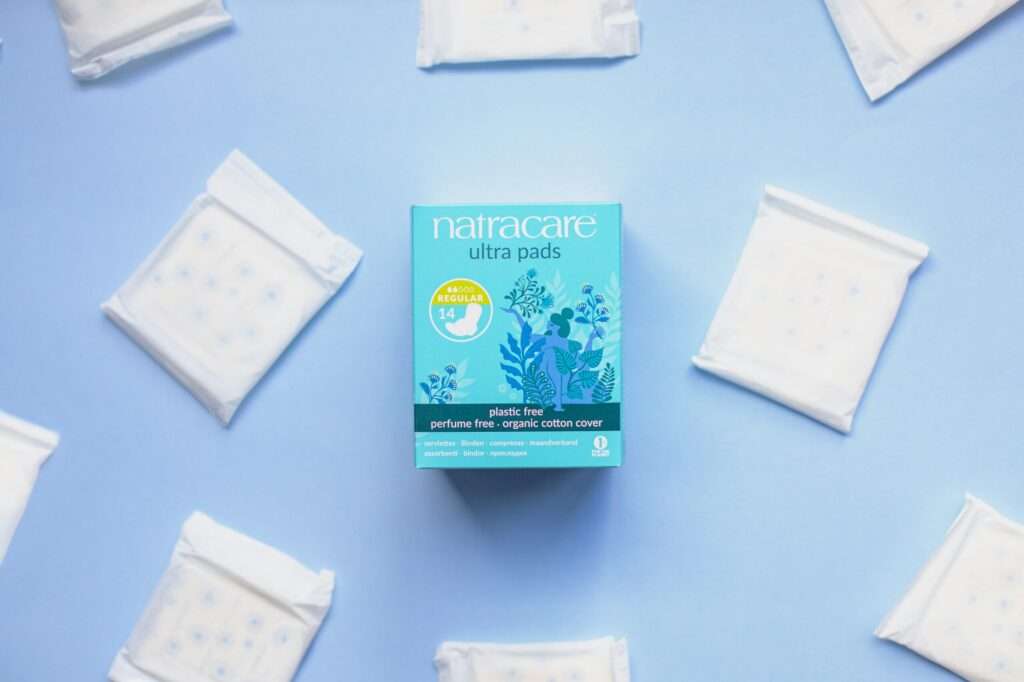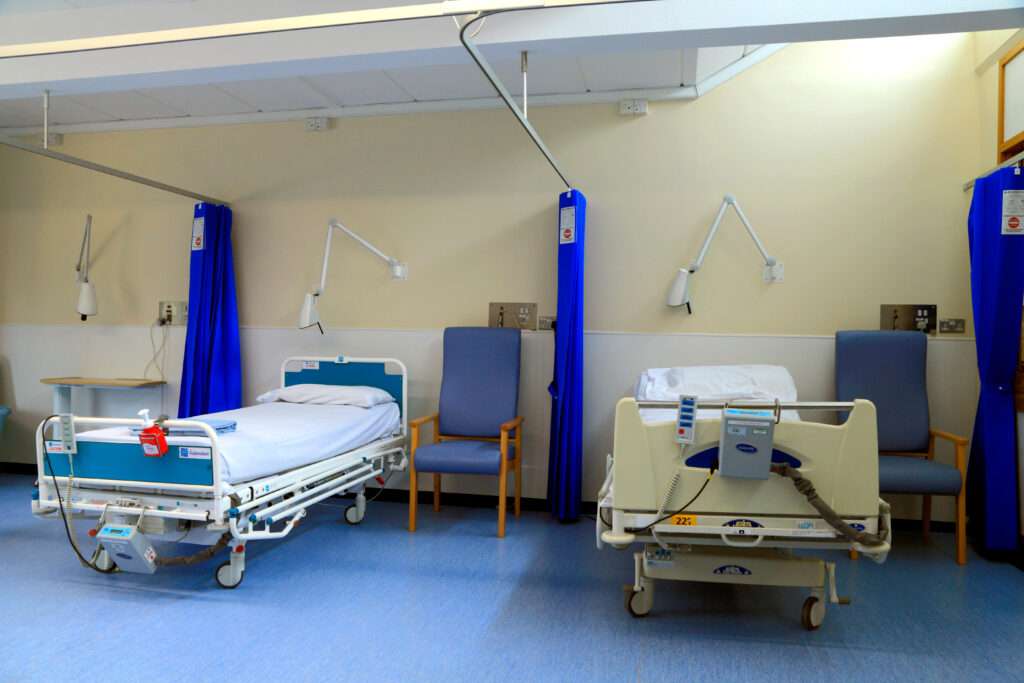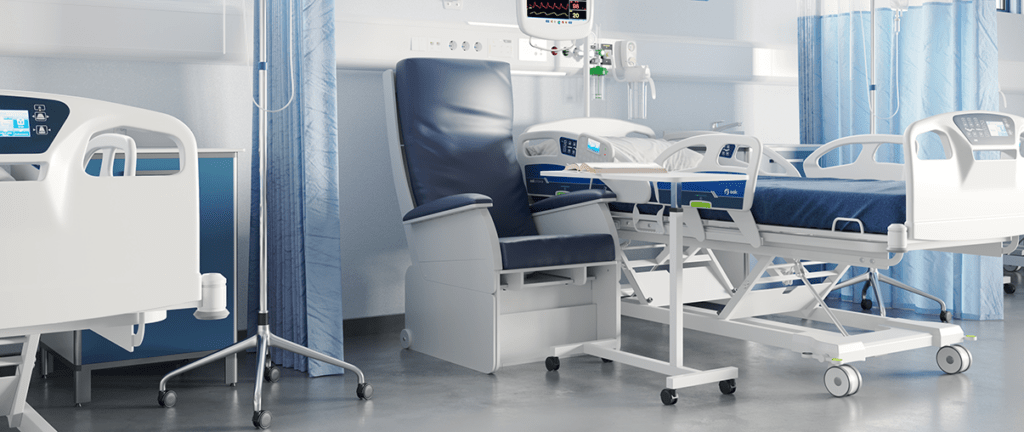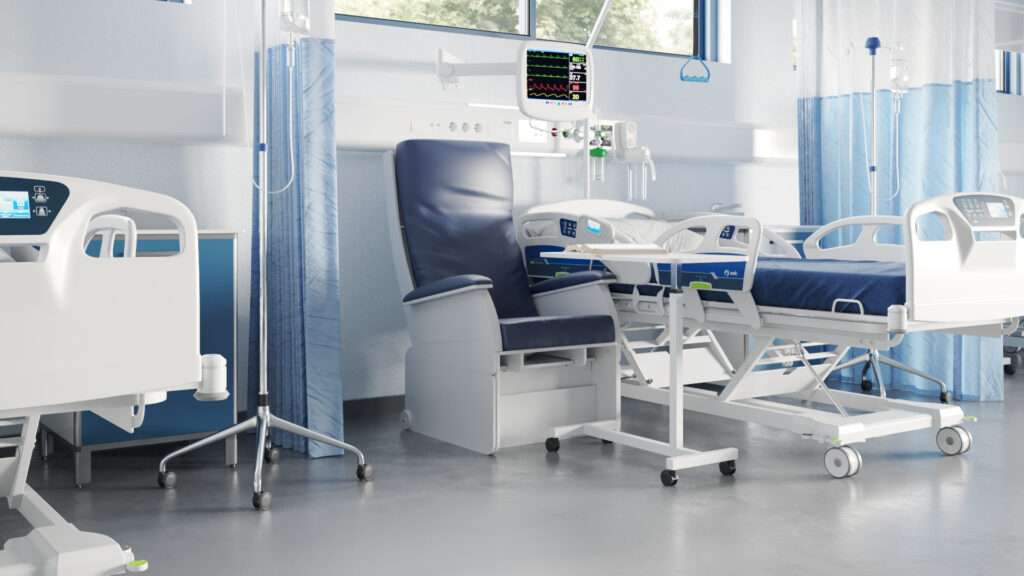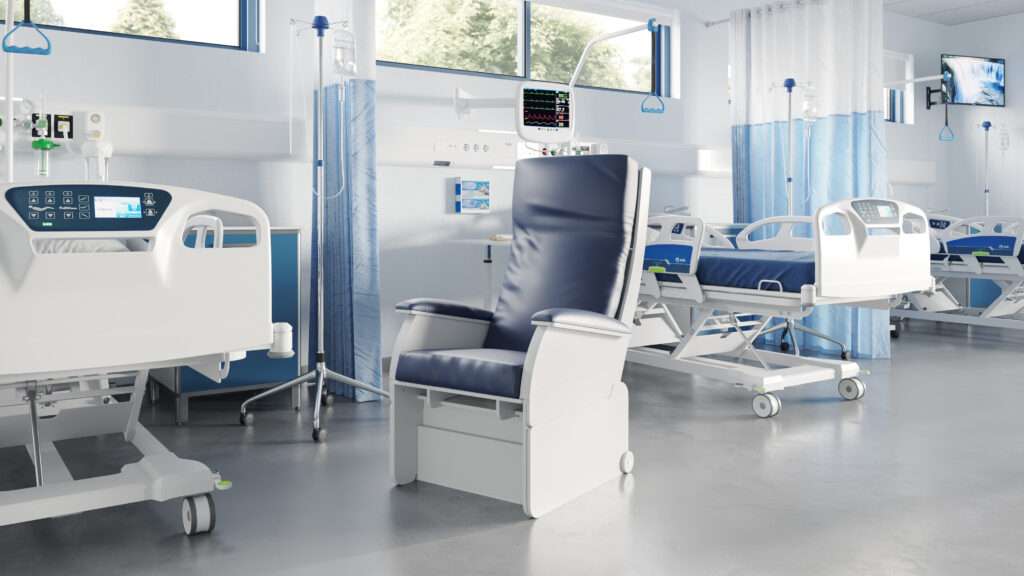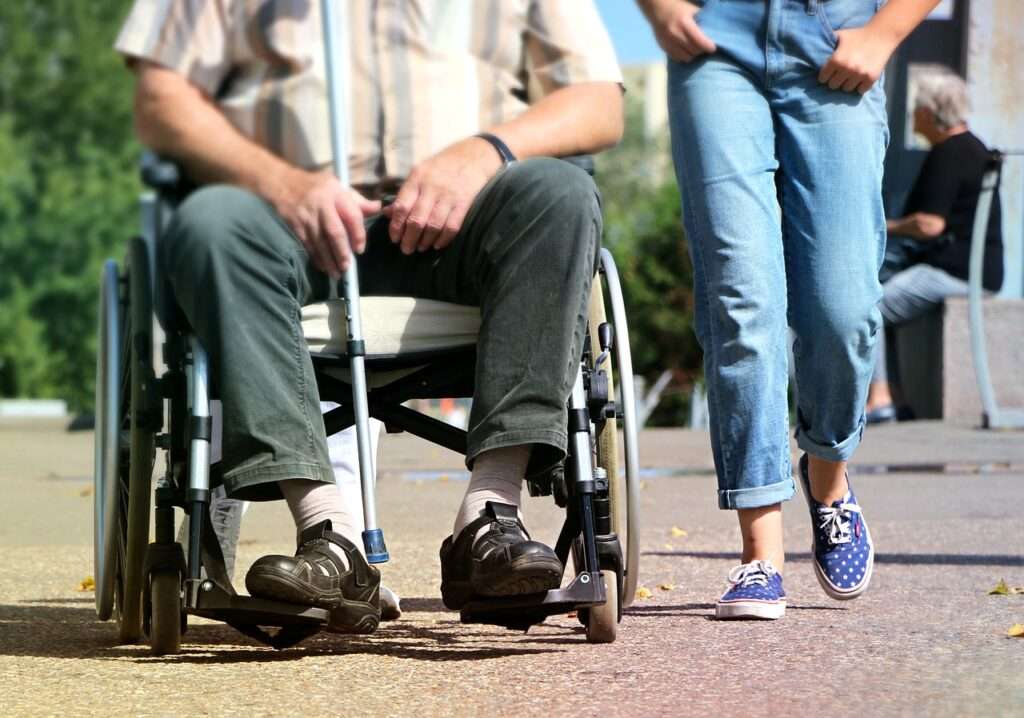Incontinence is an issue that is rarely discussed in mainstream media. The fact is that around 200 million people worldwide have issues with incontinence and will use incontinence products, and about a third of adults aged 30 to 70 have experienced at least one episode of incontinence in their lifetime.
These statistics alone are proof that incontinence is an issue that should be openly discussed because of the sheer number of people it affects.
There are lots of incontinence available to offer some peace of mind for those who may suffer from incontinence. But how do you know which ones to use?
Jump straight to…
We’ve put together this guide on incontinence products to make it easier for you to choose the option that is best suited to your situation.
Incontinence Pads
Disposable incontinence pads are probably the most popular way of managing urinary incontinence. They come in a variety of shapes and sizes to suit different people, and you’ll find that they range in absorbency.
Some pads will be better for smaller leakages, whereas others are designed for heavier ones. Either way, they can all be worn inside normal underwear, or you can use mesh or stretch pants to keep them in place.
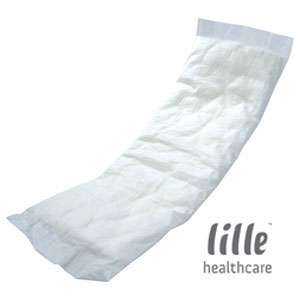
Incontinence pads are one of the most popular ways to manage incontinence and are readily available at most supermarkets.
Classic Pad Inserts are rectangular in shape and offer a basic solution to incontinence problems. These pads have a sticky back to make sure that they stay in place despite any movements or activity that may dislodge loose pads.
They have a waterproof backing to ensure that all liquid is kept within the pad, and does not soak through to undergarments. If you’re looking for a pad that’s a little bit more sophisticated, then a shaped pad is a great option.
Shaped pads are specifically designed to fit more ergonomically with the shape of the user’s body, allowing more a more comfortable, discreet way to deal with incontinence. These shaped pads boast the same function as classic pads, but with the addition of extra comfort and other features like odour-neutralisation and a wetness indicator.
They are also equipped with hydrophobic leg cuffs to prevent any sideways leakage.
Pull-Up Pants
Pull-up pads are an alternative to traditional underwear, and they feature built-in pads to deal with incontinence. They are available for light to heavy incontinence and are simply pulled on like a pair of underwear.
Although these cover a lot of skin, they are made from a breathable material that allows air to flow freely to make sure that skin integrity is protected from issues like perspiration. These pull-up pants are ideal for individuals who experience sudden incontinence, as they boast super absorbency and a very effective odour neutraliser.
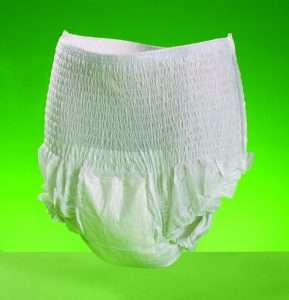
Pull-up pants are another discreet kind of incontinence product.
All-in-One Briefs
These are more suited to heavier leaks, both urinal and faecal. Similar to a nappy, all-in-one pads are equipped with adhesive tapes on either side to fasten the pad to the individual with ease.
Like the above-mentioned pads, these options have a waterproof backing to stop anything being absorbed through to fabric. These all-in-one pads are ideal for people who are confined to a wheelchair or a bed, as they stay in place and offer excellent absorbency and comfort.
All-in-one pads do not require you to wear underwear.
Other Incontinence Products & Solutions
There are other items that can help to protect furniture from bouts of incontinence. For beds, you can buy protector pads that are laid across the mattress to soak up any instances of incontinence.
Disposable bed protectors are available and offer a great short-term solution to incontinence. However, for individuals who may be experiencing incontinence in the long-term, re-useable incontinence products like a Terry Towelling Mattress Sheet may be more cost-effective and discreet overall.
To stop leakages from getting through to cushions and such, there are re-usable seat pads that are machine washable and can be used on an armchair or indeed a wheelchair. The quilted absorbency makes these an excellent option that guarantees dryness and comfort.
Summary
This is a brief guide to the world of incontinence products, but there are a whole range of other items on the market to help everyone. Whether it’s a short-term or long-term issue, there are a number of ways that incontinence can be managed in a discreet and dignified manner.





